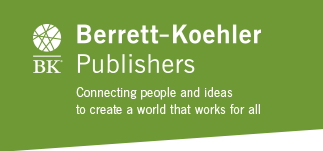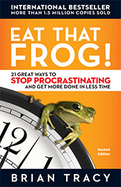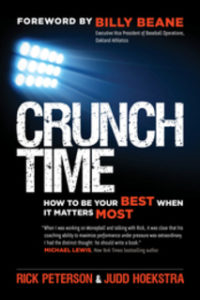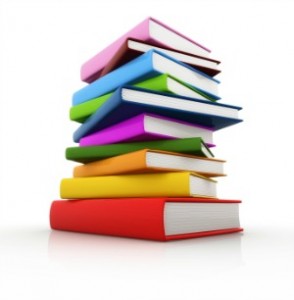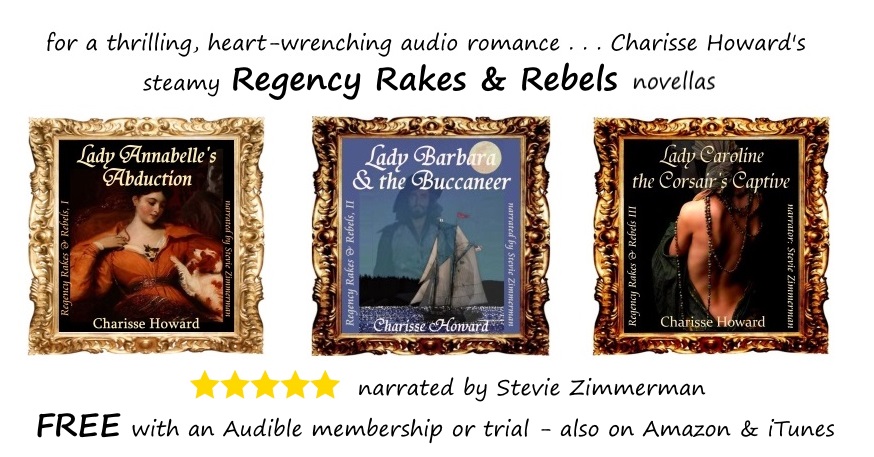 An English Murder by Cyril Hare
An English Murder by Cyril Hare
Reviewed by CJ Verburg
A compact, engrossing little mystery with just enough social commentary to feel realistic for 1951. I was surprised it’s so hard to find– our SF Bay library system only has 1 falling-apart copy, published in 1984 by “Ian Henry Publications” (not recognized on Open Library / Internet Archive), which looks pirated, like a bad photocopy someone glued together in the basement. I’d rank it with some of Agatha Christie’s mid-level short novels — tight plotting, memorable characters, strong descriptions, and a satisfyingly unpredictable ending.






